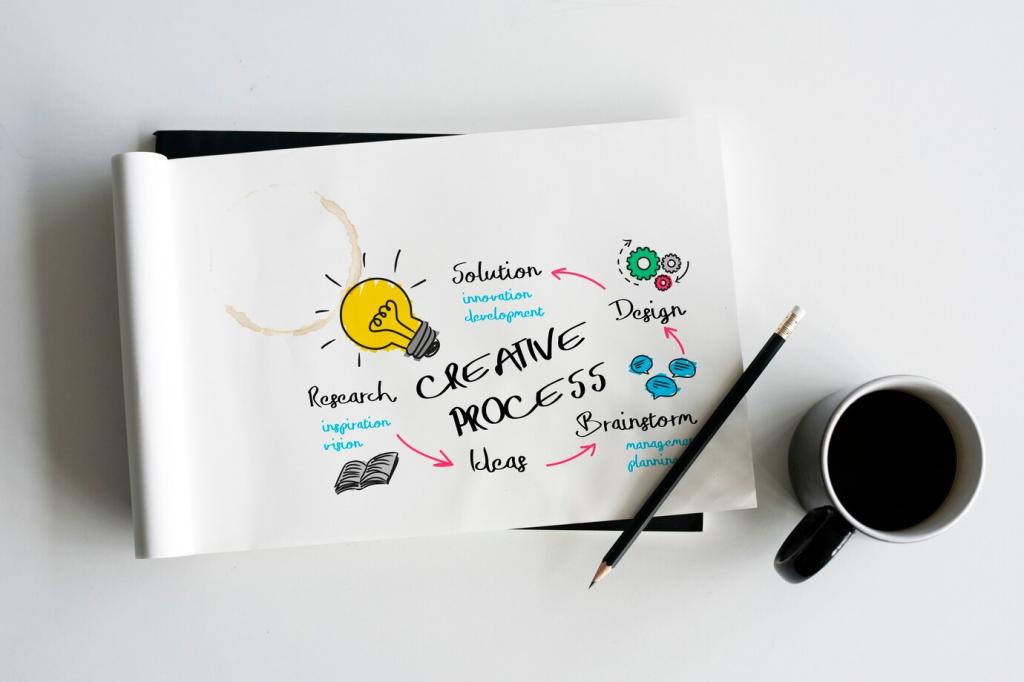The Psychology Behind Every Click
When a visitor hovers over a button, they should instantly know the outcome. Replace vague words like “Submit” with specific promises like “Get my checklist now,” and watch hesitation melt away.
The Psychology Behind Every Click
Genuine urgency persuades; artificial pressure backfires. Use time-sensitive value, limited stock, or expiring bonuses only when true. Respect builds trust, and trust drives sustainable, compounding conversions.






